The origin and Evolution of
Intaglio Printing
(Written by: N.R. Jayaraman)
1) The earliest art of Engraving began when Goldsmiths engraved designs on metallic jewellery as part of their craft and kept the print from the engraved designs on piece of paper for future references. The prints were taken by keeping the paper on the engraved surface and rubbing the backside of the paper with a pencil or charcoal to form the design elements or press the paper against the engraved image areas to get relief images for reference. Thus the art of Jewellery engraving by Goldsmith was the originating factor for the emergence of engraving process in Printing in the first instance which led to the invention of Gravure and Intaglio processes at later stage.
Prints from engraved jeweleries
2) The second group of people who influenced the print process is Carpenters whose craft is to sculpture the designs on wood by carving. The relief images generated by those craftsmen resulted in the emergence of relief printing namely Letterpress printing and subsequently the reverse of Letterpress which were called Gravure and Intaglio printing. In the 13th century engraved images on wood were inked and prints taken. The prints thus obtained left crude and unsharp images which were however meant for limited purposes only. The wider use of wooden engraved blocks for relief printing reportedly existed in the early period of 14th century as per the library of the Carthusian monastery in Buxheim, Germany. The art of carving the images on wood was known as Xylography.
3) Around 14th century the technique of printing from wood blocks spread to many parts of Europe. The images were printed by laying a piece of paper on a carved and inked wooden blocks and then rubbing the paper back with a roller or squeeze to transfer the ink from the wooden blocks. The prints thus produced carried holy images and meant for sale to pilgrims visiting holy places. Closely following this kind of print activity, printing of Playing cards commenced as game of Playing cards were increasingly becoming popular in Europe and playing card was considered to be the prestigious social game in many parts of Europe in 13-14th centuries. Since a set of cards were limited in no, the production of hand printed card was not difficult.
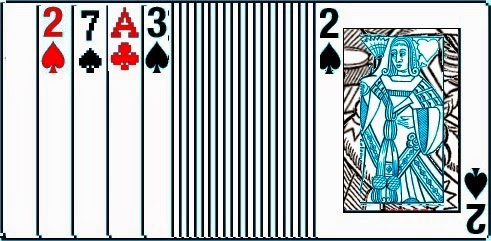
4) The earliest mode of information to public was made through Poster displays that contained big sized fonts or letters and the wood carved images helped achieve this cause. Even in the modern era say 19th century, several of the big sized display posters were printed with wooden engraved letters (2 inches letter fonts and above in sizes) as the metallic fonts could not be produced with such bigger sized letters due to heaviness of the metal besides difficulties in handling them in press rooms. In the mid 14th century it was realized that printing of any kind of text required a highly skilled craftsmen to carve out entire pages of text into wooden blocks. The areas around the text letters were to be carved out so that the text matter would only touch the page. The blocks would then be inked and paper placed on top, rubbed on to wood to create an impression. The once carved out text letters on a single block could not be reused.
5) Engraving as a printmaking technique was developed during the 15th Century when metal plates began to replace the carved wooden printing blocks for the reproduction of art work. In the 15th century a German artist practiced the art of incising design elements on metal plates. The images were engraved using hard pointed needle like Carbide or diamond tipped needles. The technique called Drypoint involved no chemicals except incising the images by hand with a solo tool and therefore the process was called Dry Point i.e engraving with a dry needle. This was probably the first step that brought out the Intaglio process.
6) The medium used by the artists for engraving included metals like Copper, Steel, and Zinc etc in the earlier period. A European artist Martin Schongauer was one of the earliest known artist to exploit the finer art of engraving technique on Copper and later entered into the scene was another artist Albrecht Dürer who became the most famous intaglio artist. However since engraving on Zinc metal was not generating finer results, its use diminished for engraving purpose .

Copper and Steel Plates
7) The German originated engraving technique found its way into Italy and Netherlands, sometime in the year i.e. 1500 when the engravers work attained fame and the art spread to several parts of Europe. Mid 15th century saw the golden era of hand engraving when engraving on Copper attained prominence. Since copper was a soft metal and easy to engrave even soft lines, it was extensively used by the engravers. The prints and other portraits produced for personnel use by the art of engraving had wider appeal amongst the people.
8) At the end of 15th century while the German artist Albrecht Durer perfected and enhanced the art of engraving, Italian artists like Marcantonio Raimondi and a Dutch artist named Lucas Van Leyden perfected the art of engraving in Netherlands and Italy respectively in the 16th century. The efforts of the artists culminated in the production of printed Playing cards that carried several beautiful engraved art designs on its back. Perhaps this is why the researchers in Printing claim that 15th to 16th Century is dawn of Intaglio process which is completely based on engraving process.
9) By mid 15th century, the finer art of Letterpress printing using wooden blocks for printing the texts of books began as invented by Johannes Gutenberg of Germany. As the art of printing and engraving progressed in mid 16th century the artists realized that it was possible to enhance the portraits and other pictures through deeper engraving which was possible by acid etching the engraved areas. The artists may have taken the clue from the fact that Zinc and Alluminium metal blocks made for letterpress printing were subjected to acid treatment that etched away the non image areas. The longer the plate is left exposed to the acid, the deeper the acid will etch, resulting in a darker line. Therefore areas exposed to the acid for lesser period of time will be light, while lines exposed to the acid for more time will have deeper engraved lines to hold more ink to print dark image.
10) In the late medieval period i.e 15th century, the art of producing etched metal plates by first coating them with some acid resistance resins, scratching the images on the dried coating to expose the base metal plates and finally subjecting the naked metal areas for acid treatment to cause etched pits to use them for taking prints were experimented. However the coating was not photo sensitive material and were acid resistance substances like shellack, wax or hard glue etc which were hand coated on the metal surface. The artist has only to draw the design cutting through shellack, wax or hard glue with a tool with sufficient force to cut into metal like fine pencil drawing to expose the design area for etching.
shellack, wax or hard glue coated plates
scratched with sharp needles to form
the image The acid wash dissolves the
metal on image areas to cause hollow
pits below surface of the metal.
11) The Drypoint engravers therefore experimented the art of enhancing the depth of the engraved portions by subjecting them to mild acid bath in several stages to deepen the engraved areas. Every artist cannot perform the art of Drypoint engraving as high skill may be necessary and the artists who produce the Drypoint images must be an expert engraver to convert the portraits into printable format with fine lines and dots to show the gradations. Therefore only few of the artists were able to successfully employ this technique in the early period.
12) The lines were engraved or incised into the soft surfaced Copper metal plate using sharp pointed needles like drawing the images of portraits with a pen or pencil. In the initial stages the Drypoint artists could not produce tonal graduating designs as the engraving was done by hand tool that could engrave series of lines or cause only pits. The art of engraving with graduating tonal variations were unknown to the practicing artists. The edges of the engraved lines were also not very sharp.
13) Major disadvantage of Drypoint engraving was that the edges of the lines or engraved areas were rough called burr which also accepted little bit of ink. On print the burr edges printed velvety shading by the side of the actual line thus marring fine print appearance. The art of effecting darker and lighter areas by engraving thick and thin lines surrounded by minute dots of various shapes and sizes was subsequently practiced by the artists at later stages.
14) From the Drypoint engraved metal plates only limited no of prints could be taken. Ink will be rubbed into the engraved areas and upper surface of the metal cleaned with a fine cloth to remove the excess or unwanted ink from the non image areas. The paper will be pressed against the metal giving slight pressure with a small hand roller to get the print which however were all in black and white or in single colour and intended to be either personal prints or meant for sale to limited audiences like art lovers.
15) As per the brief History given in the Britannica (www.britannica.com) ‘‘Drypoint was in use by the late 15th century, and in early 16th century the German artist Albrecht Dürer had a thorough command of the technique. Its greatest master was Rembrandt van Rijn, in whose etchings Drypoint became increasingly prominent. After suffering a period of neglect in the late 18th and early 19th centuries, Drypoint was revived and has been used by most modern etchers in the later years’’.
16) Even in early eighteenth century, when the art of engraving gained momentum, only limited no of prints could be taken from engraved plates which were widely produced by great European artists like Albrecht Durer, Rembrandt and Francisco Goya etc, but again the prints obtained were black and white or in single colour as colour printing was not introduced or even thought of at that point of time.
17) Few of the artists practiced the art of manually producing few identical coloured prints after taking outline prints from the engraved metallic plates like Copper, Steel or Zinc in dull grey or black colour. The outline designs printed on the paper were hand coloured with brush to produce colour prints.
Outline printed images hand coloured
18) Though hand coloured prints became increasingly popular and sought for producing pictures of natural history and botanical scenes because of limitless range of colours available by mixing different colours showing accurate representation of plants and animals, still there were limitations too in making prints by this technique.
19) Also identical prints could not be produced in bulk due to limited availability of artists though the outline prints were taken directly from the engraved metallic plates. Some artists attempted to produce the outline prints with the help of outline cut stencils, but the quality suffered in this process. On the other side the use of stencils paved the way for the development of Screen printing process called Serigraph culminating to Silkscreen printing process .
20) Several artists attempted to produce shaded designs, portraits and other intricate designs by generating elements of shading with crosshatching lines of varying width in the plates they engraved, but the gradations or tonal values of the pictures showed visible lines in print instead of hues that gradually merged from dark to light or light to darker areas. This lead to the increased experimentation to produce images that contained tonal shades and thus Aquatint technique emerged.
21) The technique called Aquatint as invented by the print maker Jan van de Velde around 1650 in Amsterdam, helped to introduce elements of shades by few other steps. The copper plate will be first dusted with an acid resisting resin. The resin dusted plate will be subjected to heating to fuse the resin over the surface of the metal. As the grains of resin melt , they result in causing irregular pattern of dots in varying sizes surrounded by thicker layers of resin. When acid is applied on to the fused resin surface it etches away all those naked and exposed spaces around the resin resulting in the production of textured pattern from which prints could be taken as the background design on which the other image is printed again. Once the prints were taken from the metal plate, it was possible to hand colour the prints with Watercolor to get colour pictures. Thus the technique of Aquatint came into use in mid-eighteenth century. Aquatint is actually the first version of intaglio process in which a zinc or copper plate is sprayed with resin particles which are acid-resistant. The plate is then submerged in an acid bath that etches the exposed metal, creating tiny pits. The deeper the pit, the more ink it will hold. By manipulating the time of acid bathing, the artist is able to create varying pit depths. The longer a plate is in the acid bath, the deeper the pits will be and the darker the resultant image.
1- Aquatint outline print and
2- hand colored print
22) While the Aquatint process was in vague in the year 1642, elsewhere in Europe a unique process called Mezzotint reproduction was also practiced by a German amateur artist to produce prints containing different tonal shades. In the Mezzotint process the metallic surface of the metal was first roughened with a tool having tiny teeth called rocker to cause thousands of little sized pits or dots. The roughening process produced tiny dots which could hold the ink and the excess ink can be wiped out to allow the tiny pits hold the ink while the top metal surface remained clean.
23) This process was carried to Europe in the eighteenth century to reproduce portraits and paintings containing multi tonal effect. However this process too could not be extensively put to use because sufficient no of expertise artists were not available to produce the plates. The other disadvantage has been the time factor that was involved in the construction of the images on to the metal plate.
24) The plate covered with thousands of tiny pits will simply hold uniform depth of ink to print a deep velvety black if the shades are not further worked by a process called burnishing. In order to produce lighter and darker areas, the pits caused by the rocker need to be burnished to tone down the depth of the pits or deepen the pits further. Therefore the artists scraped and burnished the areas of the plate to produce images having different density. The burnishing process helped to produce images with different density ranges rather than print the designs as simple line design.
25) By the mid 19th century high quality books were hand printed in single colour, but this process too had limitations. The photographic version of the images could not be produced that showed lighter and darker shades in gradual shift. The lighter and darker areas were represented by several non uniform sizes of sprayed pits that resembled dots. The highly skilled engraver used a tool called burin to alter the image designs into series of lines of varying width and depth to cause translation of the tones and shadings of the original work into lines and dots of varying sizes and thicknesses. When the engravers produced portraits and other designs the darker and lighter shades were generated by burnishing process that helped to reduce or increase the depth of engraved pits.
26) In order to get colour prints discarding the previous practice of taking outlines of the prints and then hand colour them, efforts were made to see whether the engraved areas could be directly filled with several coloured inks with stubs of cotton fabric called dollies or poupee in French language and then print them on paper to get coloured prints. Though this process was a step forward in getting coloured prints, it was time consuming and needed the effort of finest craftsman to execute the job. Secondly, the result was not highly appreciable and not widely accepted.
Poupee technique: The engraved areas directly filled with
several coloured inks and resultant print on paper
27) Based on all the techniques explained above gradually the art of Intaglio printing process was developed. Intaglio is the precise opposite process to relief print process. In Intaglio process the artist carves the image into a metal plate and then rubs ink into the carved lines, making sure that the non image areas are cleaned of ink. When the paper to be printed is laid over the plate and squashed through the printing press, the areas of the image on paper gets pushed into the grooves of the inked lines, thus transferring the image onto the paper. In the Intaglio process the Portraits or other designs needed are first engraved on to a steel die instead of on a Copper plate. From the said original steel Die engraved master plate several plastic moulds are taken by a special moulding process, and duplicate moulds are made and kept for further processing in Intaglio.
28) The term intaglio is Italian word intagliare, meaning ‘to incise’. In this technique, acid or a pointed tool is used to incise the images into a metal plate, usually made of copper or steel but sometimes other such combination metals. Once the plate containing the engraved image is is filled with ink, and wiped so that only the incised areas retain the ink and ink from the non image area is wiped out pressure is applied on the paper placed on the plate. The pressure of the cylinder forces the paper into the incisions where they pick up the ink thus showing the images in raised form.
29) Some other researchers opines that the earlier art of Drypoint, Aquatint and Mezzotint culminated into Gravure process which too is basically engraving based and then to the Photo Gravure process which further developed steadily from the mid-fifteenth century into Intaglio process. Further developments resulted from series of inventions and reinventions firmly helped establish the Intaglio process of printing.
30) As per the researchers in printing, by 1525 the intaglio printmaking process reached maturity and spread beyond European continent and around 1800 with the introduction of photographic techniques and expansion of the graphic industry, the engraving of images became a mere mechanical procedure. Since the Intaglio printing process has been proved costly, the same technique has been adapted for producing Currencies, Bank Notes, Postal stamps and other security products.

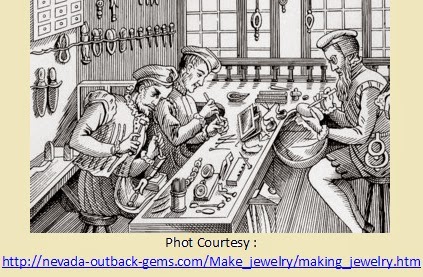
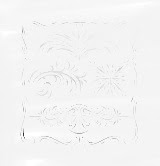




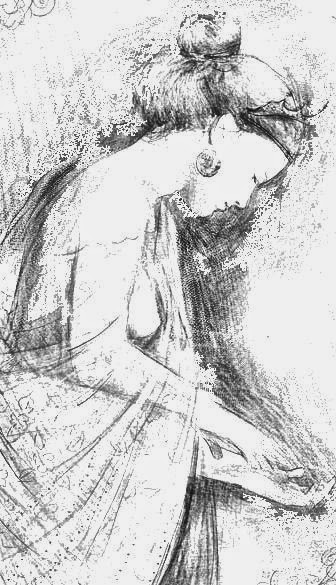
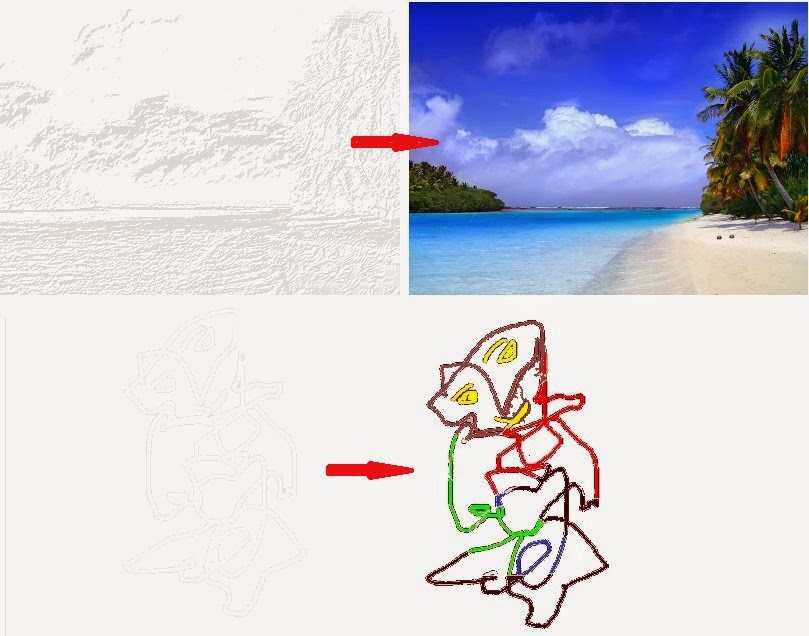
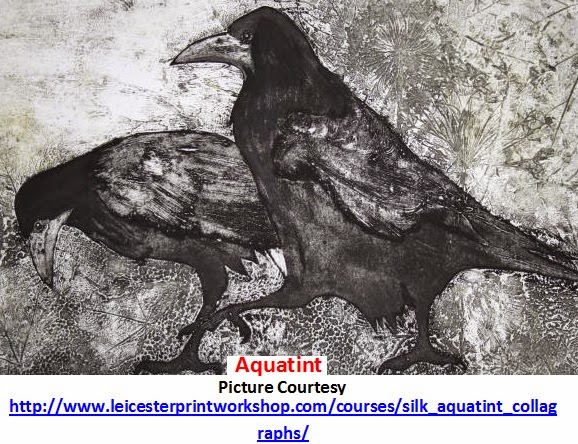
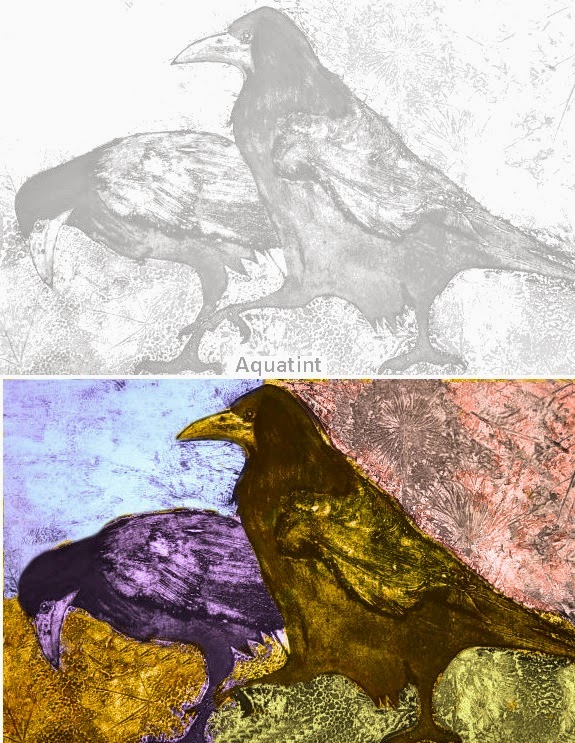
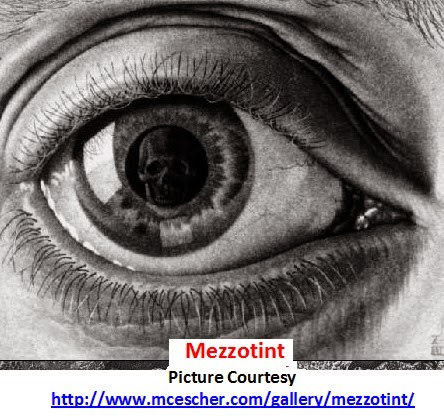
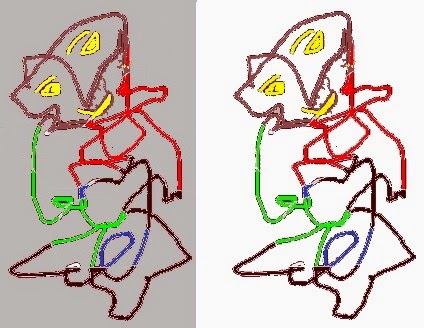









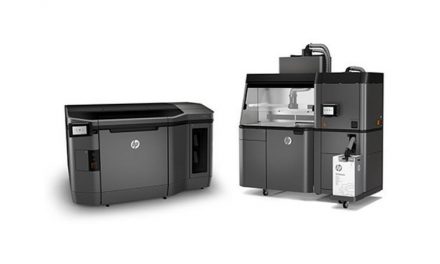





Recent Comments